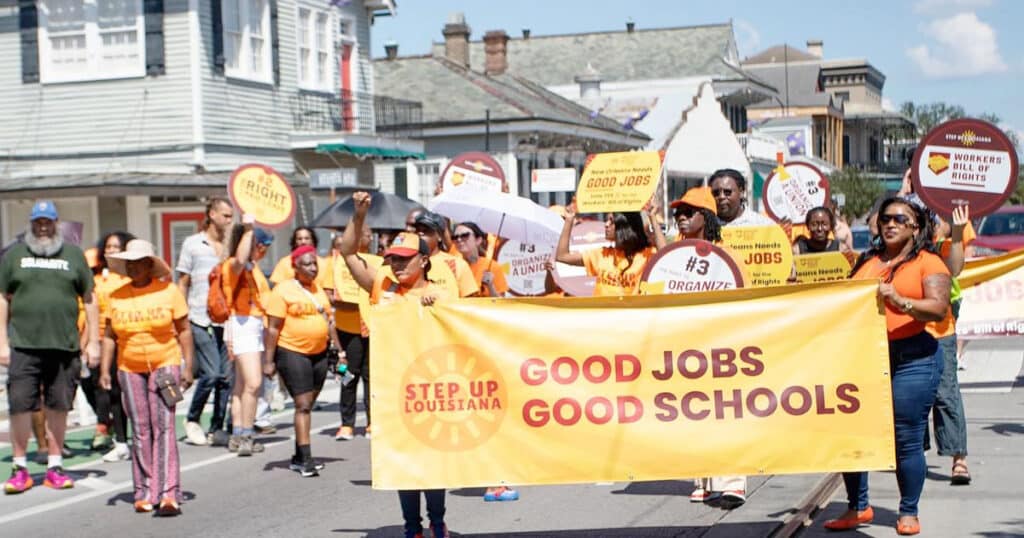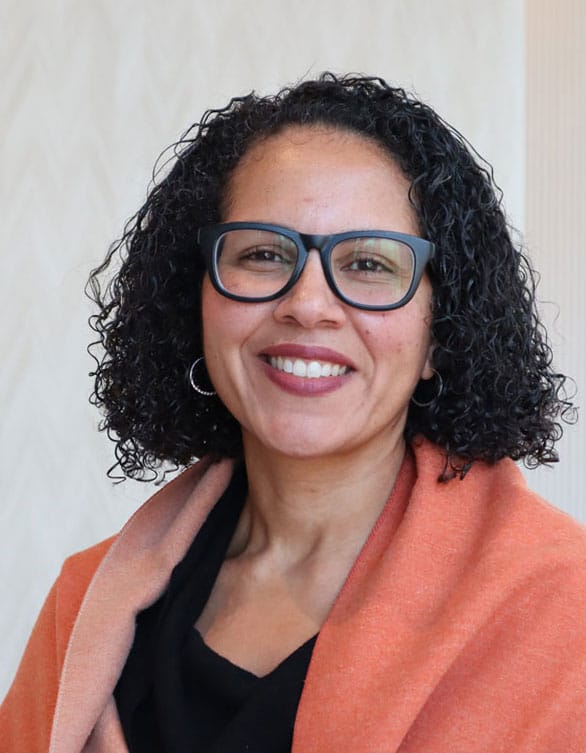Blog
A Virtual Disaster for Rural Schools

Hopefully, responsible senators from substantially rural states spent the weekend taking cues from their peers from Maine and Alaska and learning why the potential impact of school privatization on their constituents should cause them to oppose Betsy DeVos as Secretary of Education. If not, there’s still time to catch up before tomorrow’s vote.
Besides displaying a troubling ignorance of education policy and practice in her confirmation hearing and in answers to written questions from senators over the last two weeks, DeVos has an especially harmful future in mind for rural districts as part of a broader plan to divert public money to private education enterprises, no matter what the evidence says.
“High quality virtual charter schools provide valuable options to families, particularly those who live in rural areas where brick-and-mortar schools might not have the capacity to provide the range of courses or other educational experiences for students,” she wrote in answer to a question about online schools. As examples she cited seven virtual schools that she said graduate more than 90 percent of their students. But, as the Washington Post reported, a check of public data for each school tells a much different story:
- DeVos claimed the Utah Virtual Academy graduated 96 percent of its students. The state listed a graduation rate of just 42 percent last year for the academy.
- DeVos wrote that the Idaho Virtual Academy had a 90 percent graduation rate. In actuality, it graduated only 33 percent of its students in 2015.
- And DeVos highlighted the Oklahoma Virtual Charter Academy High School for its 91 percent graduation rate. In fact, its 40 percent graduation rate in 2015-16 earned it a D from the state.
DeVos also touted virtual programs in Nevada and Ohio, which both had similarly dismal reported rates (67, and 53 percent respectively, with the latest available data).
Yet every one of these states with virtual failure factories has a Republican Senator who has declared support for DeVos.
The schools DeVos referenced also share an affiliation with K-12 Inc. (which published the numbers listed in her responses), a for-profit charter management organization which enrolled more than one-third of online charter students in 2013 and in which DeVos invested for six years. Recently, the company’s fortunes have sunk as low as its graduation rates. The attorney general of California investigated the firm for alleged false advertising and unfair business practices. And last July, K-12 agreed to pay $8.5 million in settlement claims and provide $160 million in debt relief to the schools it manages, though it admitted no wrongdoing.
But neither the shady dealings nor the poor school performance come as a surprise to informed education observers. Like several of the answers DeVos flubbed during her hearing, it is common knowledge in school circles that virtual charters have an awful track record. One of the most comprehensive studies to date found virtual charter students lagged far behind their peers in traditional schools long before failing to graduate. Describing the study’s math results on a call with reporters, Macke Raymond, director of the Center for Research on Education Outcomes at Stanford University said it was “literally as though the student did not go to school for the entire year.”
Researchers also found that “As a group, online charters are characterized by high student-to-teacher ratios, low student engagement, and high student mobility.” And the latest study is not an outlier. State investigations, reporting and research stretching back more than a decade show academic failure and gross mismanagement of online charters. Compared with public school enrollment, virtual schools have substantially fewer minority students and fewer low-income students. Meanwhile, more than half of rural students live in poverty, and minority students make up the majority of our nation’s school children.
Yet DeVos’s stubborn adherence to market fundamentalism for schools either blinded her to these facts or caused her to deny them altogether when Senate staffers summarized the virtual charter research for her last week. As of this writing, a final vote on DeVos is expected Tuesday. All 48 Democratic senators and two Republicans are expected to oppose her. But unless an additional senator reconsiders, she is likely receive the chamber’s blessing to extend her privatizing campaign. And this time she’ll be doing it as the top education official in the land.
It’s likely that DeVos will recommend virtual charters for rural places because efforts to spend public money on private operators of brick-and-mortar schools there attract few profiteers and fewer students. Nationally, rural students comprise only 7.5 percent of all charter school students. Transportation distances are too long, and populations are already too small to interest many families as the senators from Maine and Alaska pointed out when they declared their opposition.
What’s more, rural schools—often the largest employers around—actually function as popular civic institutions in many communities, offering stable jobs, cultural programming, social services, gathering spaces, computer access and more. All that is threatened by private and virtual school operators who disrupt local economies by sucking up local funds and employing teachers and managers far away.
If senators wanted to support a nominee who will actually improve rural schools, they could demand someone whose policies build on rural communities’ spirit. Such a nominee would be following the advice of rural school leaders themselves by helping to raise teacher salaries or helping districts institute place-based learning, where students and educators assess local challenges and then build project-based lessons to address them. Unlike virtual charters, these policies could provide tangible benefits in rural communities.
Senators from states with large rural populations should oppose DeVos and instead demand a nominee who will push for actual investment in their students rather than promoting predatory practices that fail to educate children while sucking their communities dry.
This guest post was written by Beth Glenn, director of the Education Justice Network, a collaboration of six nationally recognized research, advocacy, and policy scholars and organizations that work together to promote educational equity and opportunity for students of color and other traditionally underserved students.


